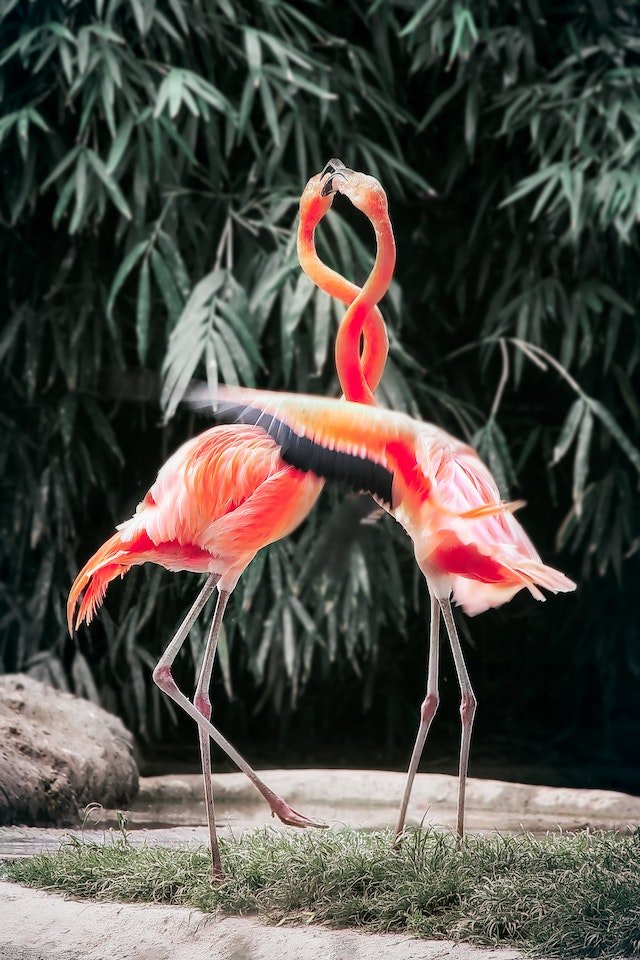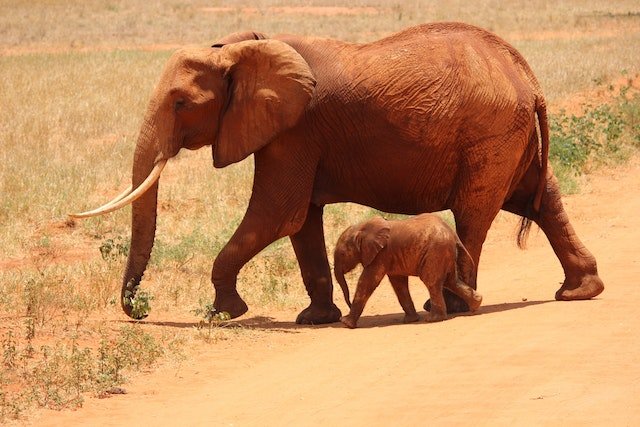Biodiversity
Whatever animals and plants we see around us, these are all biodiversity. Whatever plant species and animal species you see around you, they all together make up the biodiversity.
This biodiversity can also be local, i.e., a species or species of a particular area or of a very large ecosystem or of all the reported organisms present on the whole earth covering the entire biodiversity.
However, we cannot add microbes or micro-organisms to biodiversity, because we do not know exactly how many types of microbes are there, and where are micro-organisms found.
Apart from this, we do not yet have proper information about plants and all animals.
But according to the information available, the total number of species of plants and animals that have been discovered and named so far is about 17 to 18 lakhs or 1.7-1.8 million.
Of these, there are 1.25 million animal species, while 0.555 million are plant species.
At the same time, more than one lakh to lakh species of fungus or fungus have been discovered.
You can estimate species diversity from the fact that seven out of every 10 animals are infected with insects.
The largest group is that of Arthopoda, with more than 10 lakh species found in the Arthropoda phylum. We call them arthropods.
You might be surprised to know or maybe you know that there are more than 20,000 species of ants alone (20000 species of ants).
There are more than three lakh species of beetles (3 lakh species of beetles), while there are more than 28 thousand species of fishes (over 28000 species of fishes).
There are more than 20000 more species of Orchids Plants.
More than 50,000 varieties of rice and more than 1000 varieties of mangoes are found in India alone.
Scientists have not yet understood exactly what is the role of so many species or species on Earth.
Although almost everyone agrees on one thing, all these species help to balance the Earth’s ecosystem.
Even though we do not know the role of all of them properly.
Types of Biodiversity
This can be understood in three ways-
Alpha Diversity
It is the variety of species found in a single community or an ecosystem. It is called alpha diversity.
Beta Diversity
When there is talk of species diversity between two communities or two ecosystems, we call it beta biodiversity.
Gamma Diversity
When the species is present in different ecosystems and it is different geographical area of the ecosystem or habitat.
So the diversity of the species present there is called gamma diversity.
For example, the Amazon Rainforest, which is found in South America, has the highest and densest species diversity.
While talking about the Antarctic and Arctic regions, the species diversity there is very less.
In this way we see that the diversity of species will not be found equally everywhere on the earth, it depends on the atmosphere there and the availability of light.

What is Classification?
Now we see that such a large number of species have been found and discovered. How have they been classified?
Early classification or classification The work of classifying animals and plants was first done by the great biologist and philosopher Aristotle.
He started dividing all the organisms separately on scientific basis.
He divided animals and plants very simply, based on the morphological features of most organisms.
He divided all the animals known in his time in two ways.
The first premise was, which types of animals have red blood, and which types of animals do not have red blood.
Meaning, those in which the color of the blood is red were given the name Enema and those in which the red color is not present, they were named Enema.
Similarly, he divided the animals into three groups on the basis of their habit.
First those animals which are found in water.
Other animals that are found on the ground.
Third such animal joints can fly.
Aristotle divided plants into three categories on the basis of their morphological features.
first herb
second shrubs
third tree
After this, another scientist named Plinytha, he divided animals in two ways.
Animals that can fly first, animals that can’t fly.
Two Kingdom System Classification
After this, in the 17th century, Carolus Linnaeus divided all known organisms into two kingdoms.
The kingdom given by them is Animalia and Plantae, which are still used in the classification system today.
However, a lot has changed in the Mento Kingdom system today.
Whatever animals and plants were present in the two kingdoms, they have also been divided into different kingdoms in different ways.
Which you will find in the post below.
Five Kingdom System Classification
The two kingdom system classification had many drawbacks, but it was still used for a long time.
Later a biologist named RH Whitaker gave the five kingdom system classification.
Most of the shortcomings of the two kingdom system classification were overcome with the help of the Five Kingdom System Classification.
However, this is also not yet a perfect classification system, because so far, no exact location of the virus has been found in any classification system.
The 5 kingdom classifications given by RH Whitaker are Monera, Protista, Fungi, Plantae and Animalia
However, it was not given to the five kingdoms by RH Whitaker.
Monera, Kingdom was given by Copeland.
The Protista Kingdom was given by Hackl.
The Fungi Kingdom was added only by RH Whitaker.
At the same time, Plantae and Animalia were given by Carolus Linnaeus at the very beginning.
Classification is an ongoing process, and it is still being done.
Because there are many such organisms which have not been able to find the right place in the classification system. Its best example is virus.
Apart from this, not all plant and animal species have been discovered yet, as well as many new species are added to the classification system every year, so they can say that the classification system that we are studying and what is happening is not final.
Image source from-((pexels))

